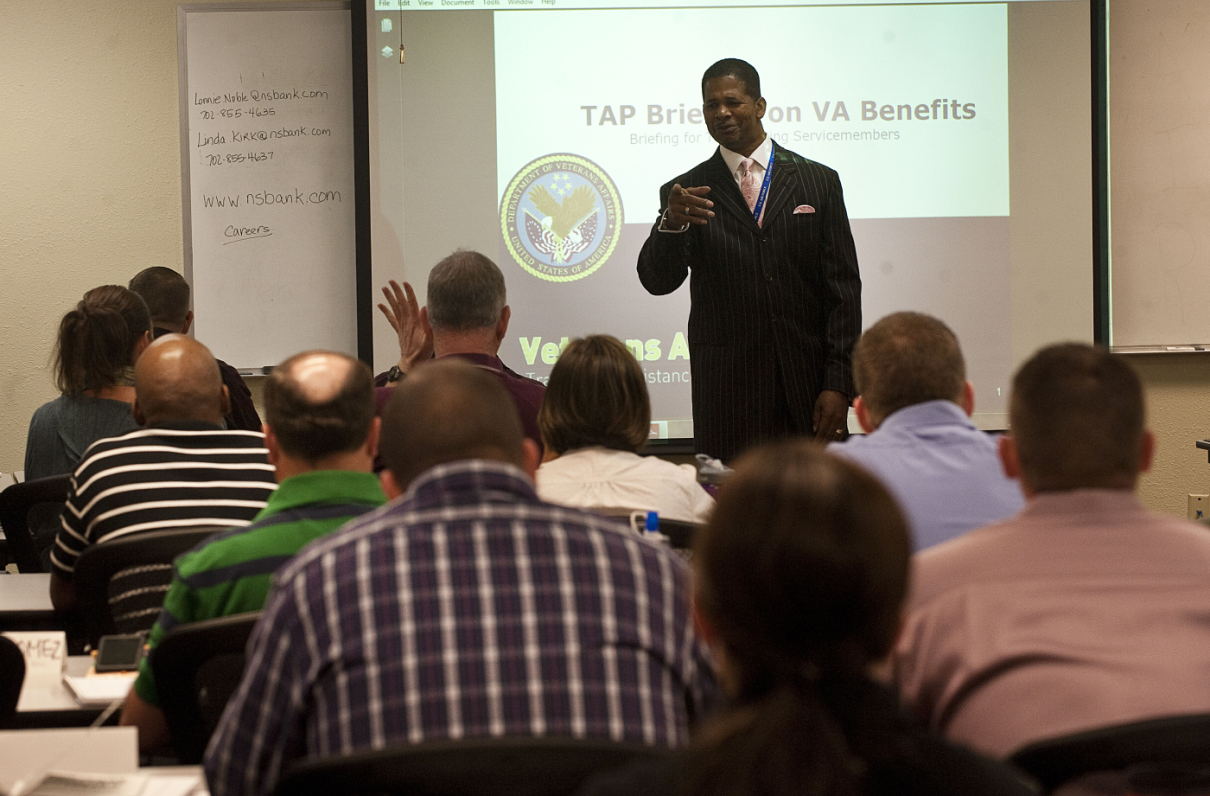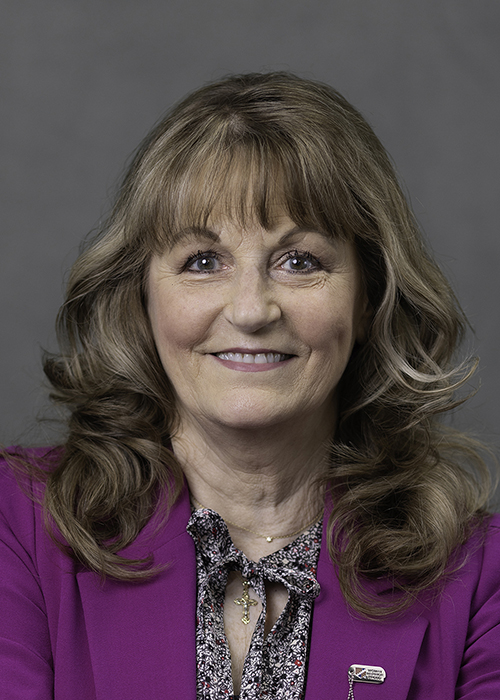While transition has been a big topic of concern and emphasis in recent years by lawmakers as well as current and former administrations, unemployment compensation for separating servicemembers is not always a topic associated with transition from military service.
It was, however, one of several topics discussed including mental health, suicide prevention, and toxic exposures at a Nov. 3 Senate Veterans Affairs Committee hearing.
“With approximately 200,000 members separating from active service each year (excluding transition made by members of the Guard and Reserves), this equates to an investment of $910 per transitioning servicemember on the part of government, directed toward supporting a robust and successful transition to civilian life,” stated Nick Armstrong, managing director of research and data for the Institute for Veterans and Military Families at Syracuse University, during his opening remarks before the committee.
[RELATED: MOAA’s Career and Transition Center | MOAA’s Job Board]
The Cost of Transitioning
Armstrong further stated, “The $910 worth of transition support per exiting servicemember seems stark in contrast to the tens of thousands it costs to recruit and screen basic trainees, and the over $200 billion spent annually on post-health, wellness, and benefit programs."
At last count, a 2017 Congressional Budget Office report indicated DoD spent more than $300 million a year (or roughly $1,500 per servicemember) on unemployment claims — down from $1 billion in 2011.
The hearing aimed to gather a better understanding of what the VA and DoD are doing to ease servicemembers’ transition and identify ways to better support them, veterans, family members, and caregivers during what can be a difficult and stressful time.
The VA and DoD are not the only federal agencies responsible for delivering transition services, though they are most often associated with the Transition Assistance Program (TAP), a congressionally mandated program delivered by the two departments along with the Department of Labor.
Last year, a government audit documented 45 programs across 11 different agencies supporting servicemembers and veterans.
In their opening remarks during the hearing, VA Deputy Secretary Donald Remy and Gilbert R. Cisneros Jr., the under secretary of defense for personnel and readiness, stressed the collaboration between their departments has never been stronger, yet they acknowledged their partnership needs to grow.
Setting Joint Goals
“Under Secretary Cisneros and I recently approved the congressionally mandated VA-DoD Joint Strategic Plan for Fiscal Years 2022 to 2027,” said Remy. “We have shifted from a three-year to a six-year planning cycle to enable a more long-term strategy ... and the plan sets out five strategic goals.”
Here’s a breakdown of those goals and their associated achievement areas (see more details in VA and DoD testimony):
- Goal 1: Health Care Collaboration (Achievement areas: Anti-sexual assault and harassment programming and survivor care and support efforts; environmental exposures; telehealth)
- Goal 2: Integrated Benefits and Services Delivery (Achievement areas: Benefits delivery at discharge, dual compensation; military personnel data quality)
- Goal 3: Improve the Transition and Post-Separation Experience (Achievement areas: Military-to-civilian readiness; TAP; VA Solid Start Program; servicemember’s enhanced statement of benefits
- Goal 4: Modernize Share Business Operations (Achievement areas: Joint sharing of facilities and services; VA-DoD reimbursement process for medical claims)
- Goal 5: Strengthen Interoperability and Partnership (Achievement areas: Electronic health record; joint health information exchange to enhance health data-sharing capability; joint data and analytics strategy)
Cisneros assured the committee their joint work is never-ending. “We are prioritizing and synchronizing joint initiatives, programs, and policies, increasingly sharing resources, and enhancing interoperability,” he said.
Other Topics
Statements from Remy and Cisneros did not dissuade lawmakers from asking tough questions and voicing their concerns about actions taken to date to support transitioning servicemembers and families.
Committee Chairman Sen. Jon Tester (D-Mont.) had urged the administration earlier this year to expedite a critical provision under his Commander John Scott Hannon Veterans Mental Health Care Improvement Act signed into law last year.
“One of the provisions I fought to include in the Hannon Act was the joint development of a strategic plan on the expansion of health care for transitioning veterans — it was meant to be a VA product with DoD input,” said Tester. “This report was due more than two weeks ago.”
Remy assured the chairman the report is being finalized and would be sent soon. Tester reiterated his call for the immediate and steady implementation of the Hannon Act, a bipartisan piece of legislation endorsed by many veteran and uniformed service organizations, including MOAA.
[RELATED FROM JANUARY 2021: Here’s What the Flurry of Recent Veterans Legislation Means to You]
Committee members also wanted to know more about the progress of VA’s implementation of the joint electronic health record and toxic exposure collaboration. While details were limited, Remy and Cisneros did tell lawmakers they were working closely together on both matters.
VA officials indicated they were learning from DoD as they move forward with a revised plan for the electronic health record management system. Significant problems were identified earlier this year with the initial rollout of the system in the Northwest. VA Secretary Denis McDonough ordered a strategic pause so the department could evaluate the problems and produce a new plan and governance structure before restarting the rollout.
[RELATED: What’s Next for VA’s Troubled Electronic Health Records Program?]
Armstrong and other witnesses urged the committee to make permanent a mechanism to sustain long-term interagency collaboration between the VA and DoD, and to expand credentialling and job training programs. This includes Congress authorizing DoD to update its joint ethics regulations so departments can more easily establish public-private partnerships to help maximize transition programs and eliminate duplication of efforts across government agencies.
MOAA is grateful for the committee’s interest in VA’s and DoD’s collaborative activities and commitment related to transitioning servicemembers.
Download Marketing Yourself for a Second Career
Newly updated! Learn what you can do to prepare yourself for a successful transition from military career to civilian career. This handbook shows you how to create an attention-getting resume, cover letter, and more. Get tips on self-marketing, job search, interviews, and interviewing. (Available to Premium and Life members)


